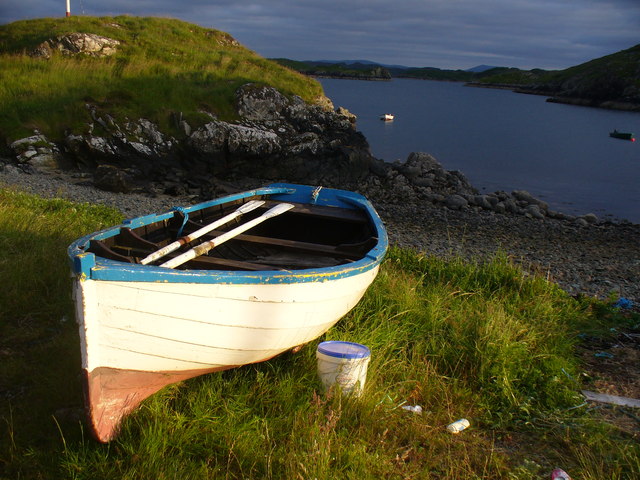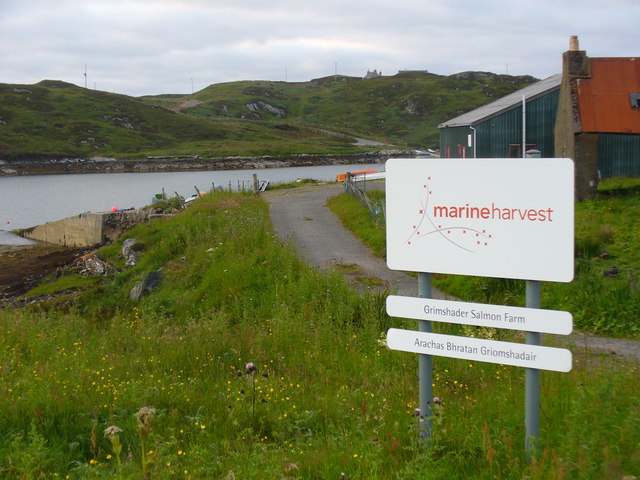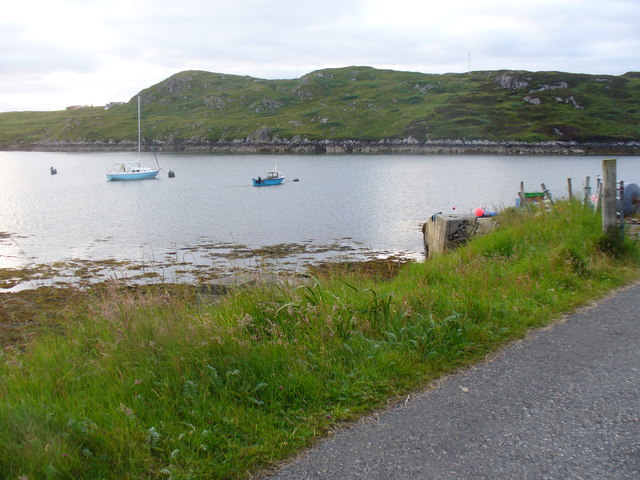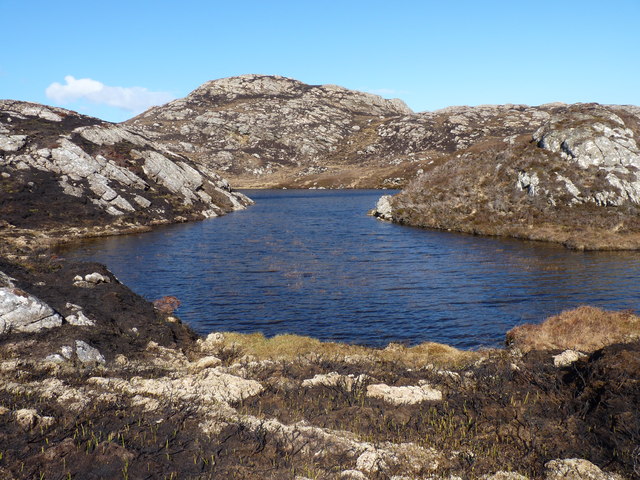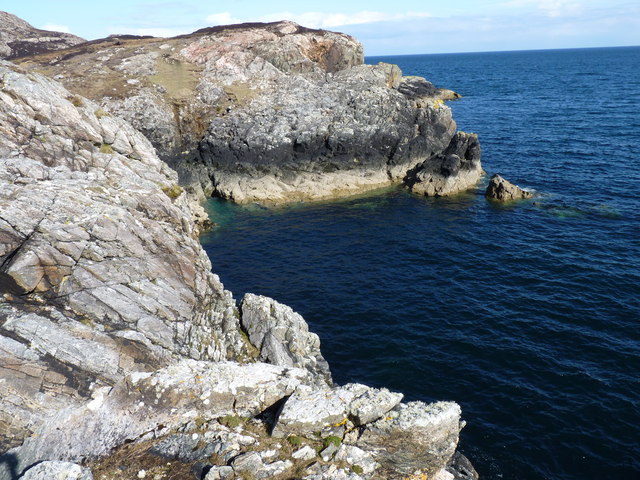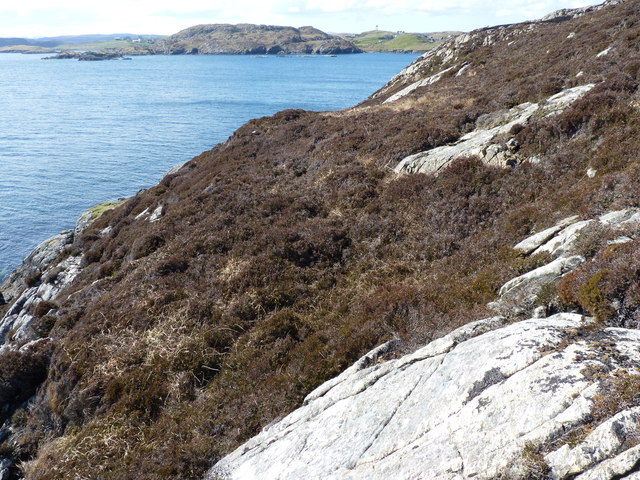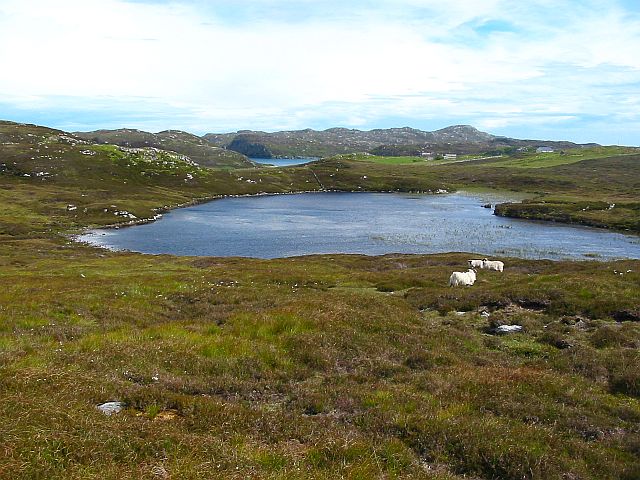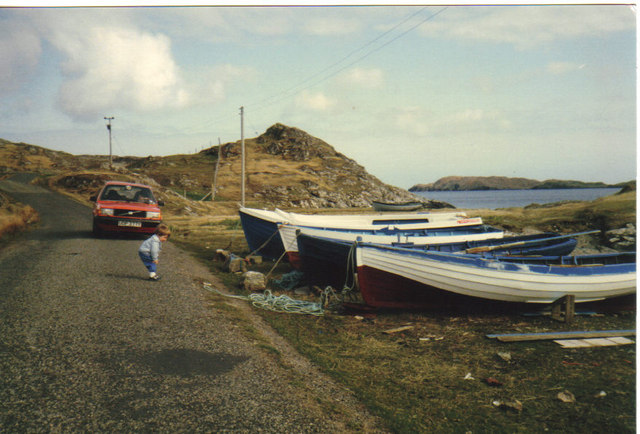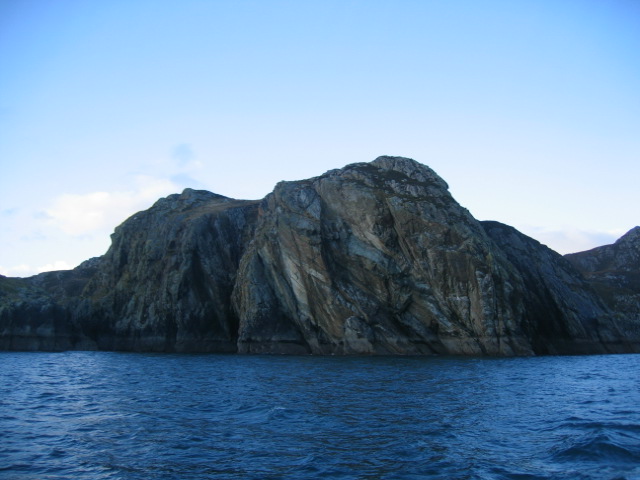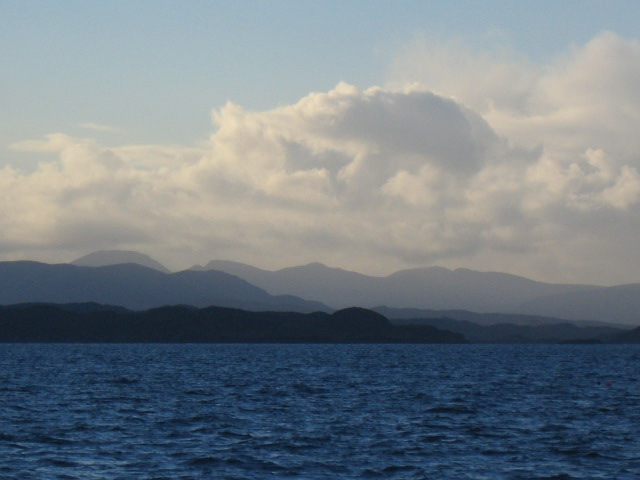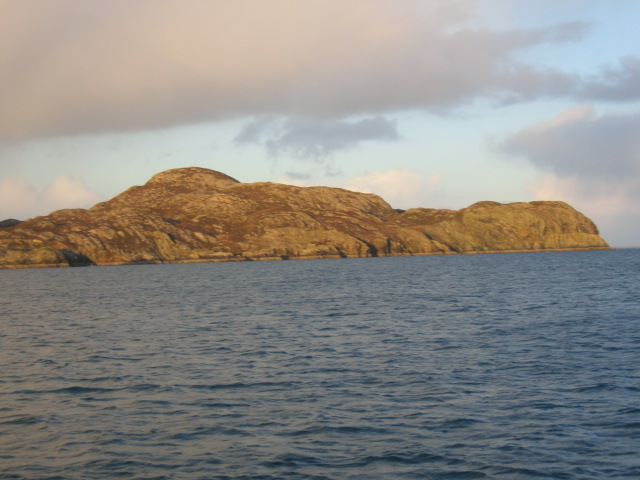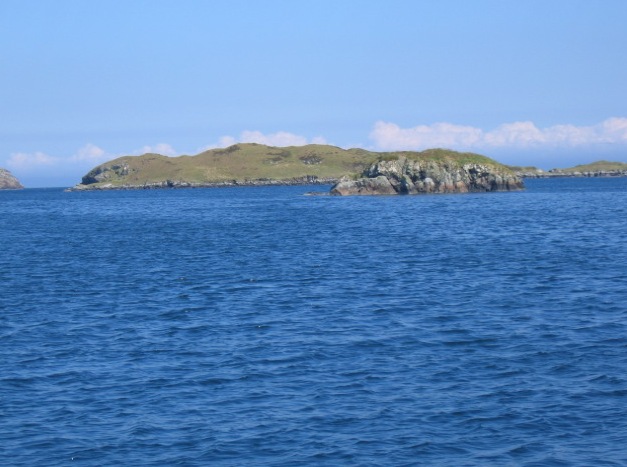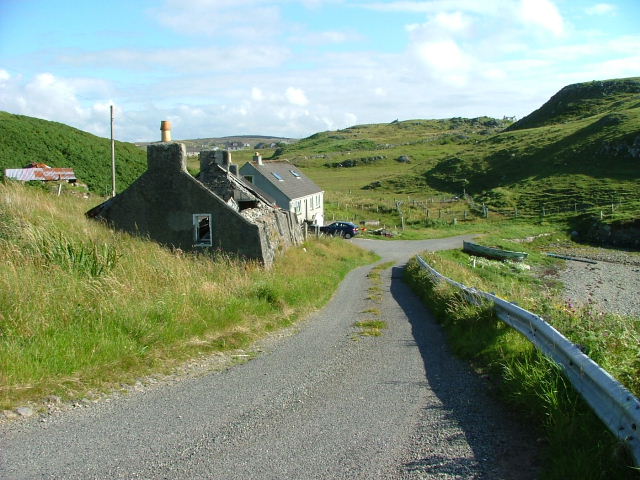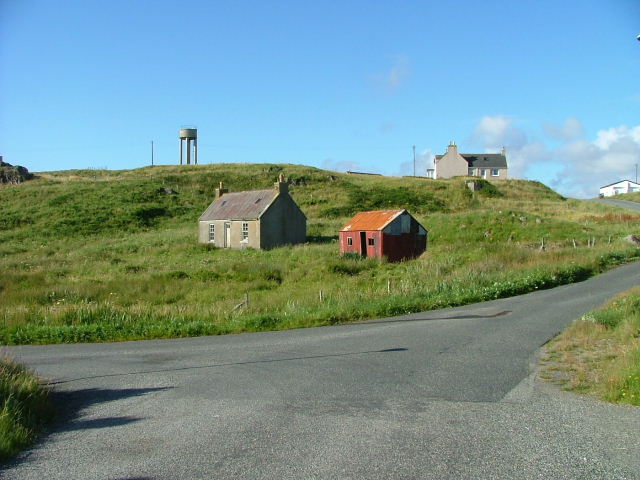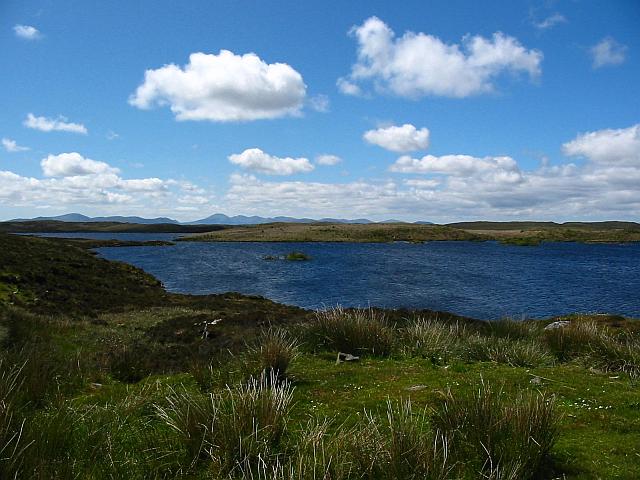Àird Raerinis
Hill, Mountain in Ross-shire
Scotland
Àird Raerinis
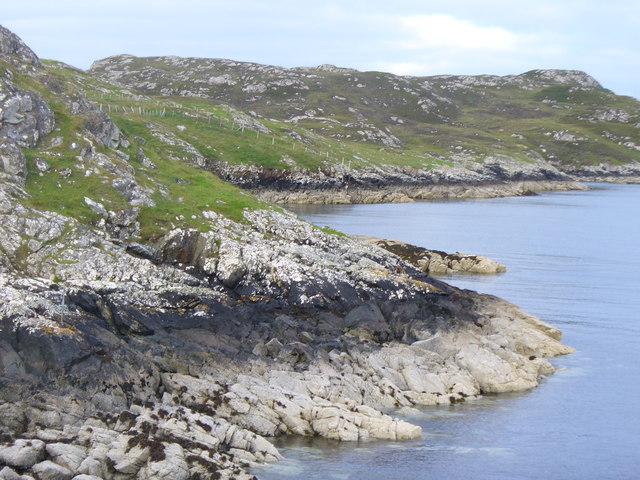
Àird Raerinis is a prominent hill located in the county of Ross-shire, Scotland. Rising to an elevation of approximately 600 meters, it is considered one of the notable mountains in the region. The hill is situated within the expansive Ross and Cromarty mountain range, offering breathtaking views of the surrounding landscape.
With its distinctive shape and rugged terrain, Àird Raerinis attracts outdoor enthusiasts, hikers, and mountaineers who seek adventure and natural beauty. The hill features steep slopes and rocky outcrops, providing a challenging yet rewarding climb for those who wish to scale its summit. The path to the top is well-marked, making it accessible to experienced hikers.
At the peak of Àird Raerinis, visitors are rewarded with panoramic vistas of the surrounding countryside. On clear days, it is possible to see the nearby lochs and glens, as well as the distant peaks of other mountains in the area. The hill is also home to a variety of flora and fauna, including heather, mosses, and birds such as golden eagles and peregrine falcons.
The hill is easily accessible from nearby towns and villages, with parking facilities available for visitors. It is recommended to check the weather conditions before embarking on a hike, as the hill can be subject to unpredictable weather patterns. Overall, Àird Raerinis offers a memorable and challenging outdoor experience, showcasing the natural beauty of the Ross-shire region.
If you have any feedback on the listing, please let us know in the comments section below.
Àird Raerinis Images
Images are sourced within 2km of 58.13638/-6.3841789 or Grid Reference NB4224. Thanks to Geograph Open Source API. All images are credited.
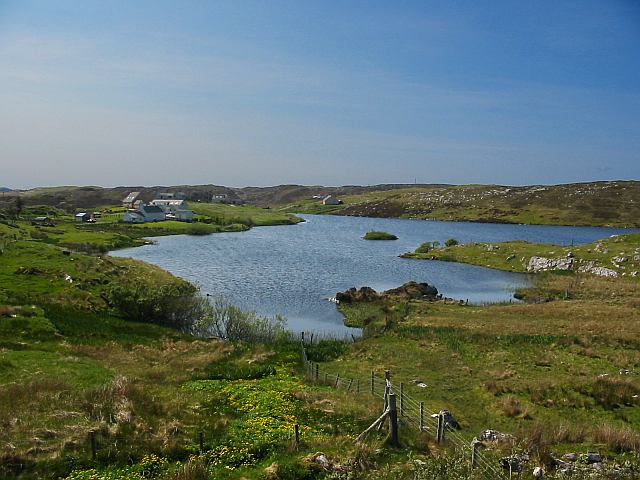
Àird Raerinis is located at Grid Ref: NB4224 (Lat: 58.13638, Lng: -6.3841789)
Unitary Authority: Na h-Eileanan an Iar
Police Authority: Highlands and Islands
Also known as: Àird Rànais
What 3 Words
///rooting.chuckling.shielding. Near Leurbost, Na h-Eileanan Siar
Related Wikis
Crossbost
Crossbost is a village on the Isle of Lewis in the parish of North Lochs, in the Outer Hebrides, Scotland. It is located approximately ten miles away...
North Lochs
North Lochs, (Scottish Gaelic: Ceann a Tuath nan Loch), an area in eastern Lewis, Outer Hebrides, Scotland, is named for the many lochans (small lochs...
Cromore
Cromore (Scottish Gaelic: Crò Mòr) is a crofting township on the Isle of Lewis in the district of Pairc, in the Outer Hebrides, Scotland. The settlement...
Rainish Eilean Mòr
Rainish Eilean Mòr is an uninhabited island in Loch Orasaigh, north of the village of Leurbost in the area of South Lochs on the Isle of Lewis, Lewis and...
Have you been to Àird Raerinis?
Leave your review of Àird Raerinis below (or comments, questions and feedback).
